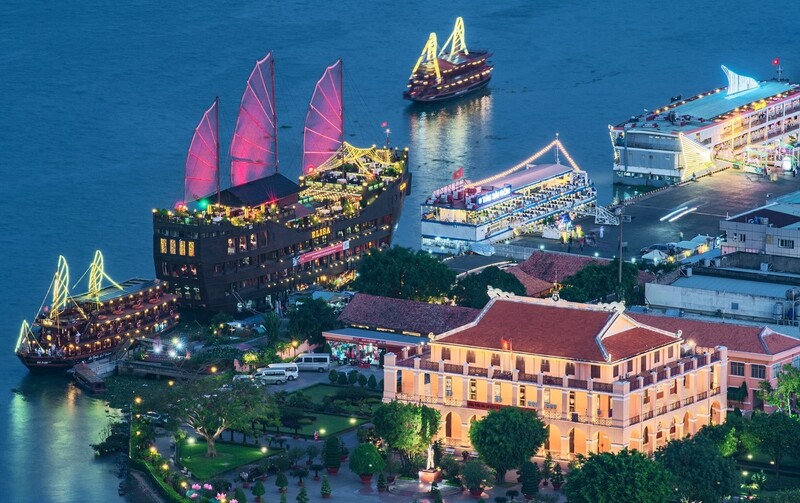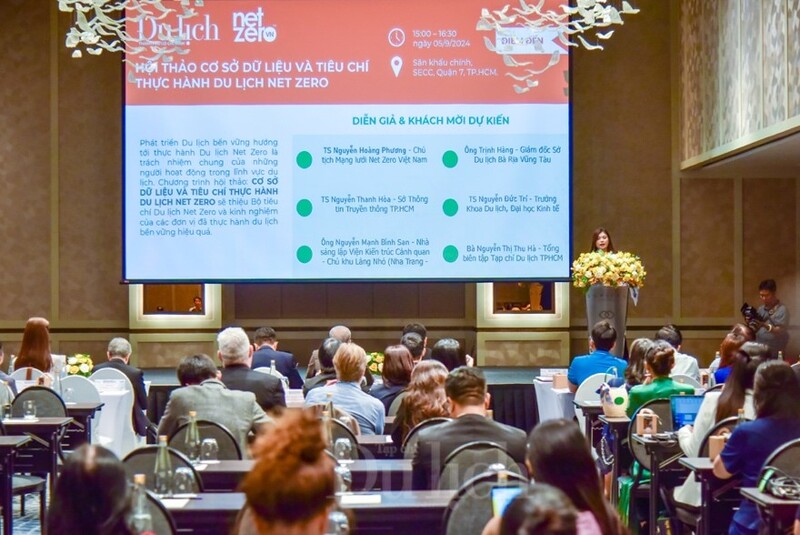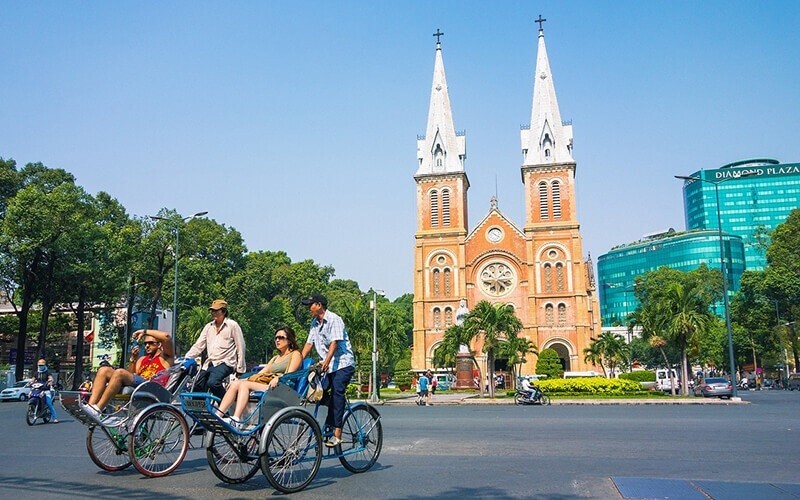Inventory and Assessment of Tourism Resources in Ho Chi Minh City (2017) – A scientific basis for the City’s tourism management sector to implement strategies for building and developing new tourism products.
Objectives and Scope of Research
In 2017, a research team led by Assoc.Prof.Dr. Bùi Thị Tám and QTV undertook a project to inventory and assess the tourism resources of Ho Chi Minh City. The goal was to build a database to serve management, effective exploitation, and tourism development orientation. The project took a comprehensive approach, classifying resources into three main groups: natural resources (rivers, canals, ecosystems, terrain, etc.), cultural resources (historical relics, festivals, folk arts, etc.), and man-made structures for tourism (shopping centers, amusement parks, auxiliary services, etc.).

The HCMC tourism industry has recorded many positive signals.
Research Results on Inventory, Assessment, and Proposals for New Product Development
The study ranked resources based on their level of tourist attraction. Group A includes resources attracting over 20,000 visitors/year, Group B from 15,000–20,000 visitors/year, Group C under 15,000 visitors/year, and Group D comprises resources with potential but which have not yet been exploited. Through the survey, 178 resources out of a total of 386 tourist spots were identified as having development potential. The research team also proposed the development of new tourism products and practical trials to assess their feasibility. Furthermore, the project analyzed the current state of tourism exploitation in the city, leading to the proposal of solutions aimed at enhancing resource utilization efficiency and increasing the value of the tourist experience.

Conference: Database and Criteria for Tourism Practices.
Application of Research Results and Method Transfer
One of the significant contributions of the study was the transfer of a set of 41 criteria for inventorying and assessing tourism resources. This set was developed based on regulations from the Vietnam National Authority of Tourism, the Law on Tourism, and by referencing international studies. This criteria set helps the Ho Chi Minh City tourism industry to continue conducting inventories and assessments in the future, while also serving as a tool to support decision-making in planning and sustainable tourism development. This inventory method has also been applied in many other localities, such as the Mekong Delta (2021), Thu Duc City (2024), and Long An (2024), creating a foundation for more effective and sustainable tourism exploitation and development.

HCMC is stepping up its activities to develop the tourism industry.



